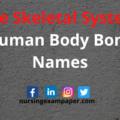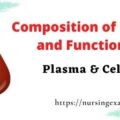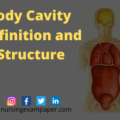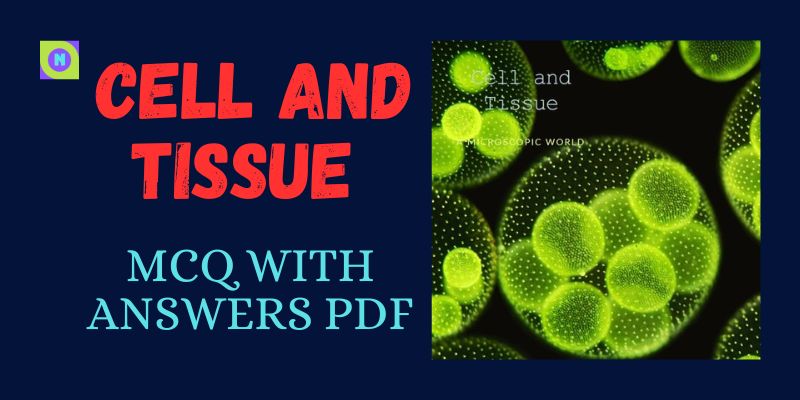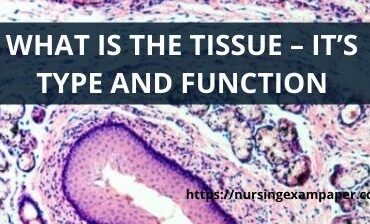What is the cell?
Cells are the smallest functional unit of the body. The cells have a plasma membrane, inside which there are many types of organelles that are suspended in a watery fluid, called cytoplasm which literally has individual and highly specialized functions in small organs and often the cytoplasm. Are enclosed in the cell membrane. The cell structure, functions, parts, and features are as follows…
A human is a multi-cellular animal, the human body consisting of trillions of cells of many different types. masses of similar cells are organized together from tissues and organs, each of which has a special function within the body. thus liver cells are different from kidney cells.
They all have some basic characteristics in common which indicate signs of life whether we consider a single-celled organism or a highly developed multi-cellular animal such as a human.
Structure of The Cell / Parts of The Cell
All cells are made up of protoplasm, the protoplasm forms the cytoplasm and nucleus. There is a membrane around the cytoplasm. It is a thin elastic and highly complex structure composed of proteins and lipids. It is a semi-permeable membrane that contains ‘pores’. Which allows oxygen-carbon dioxide and some solutes of water to move in and out of the cell. And plays an important role in maintaining the homeostatic balance of the cell. the basic structure of a cell.
The world of the cell (parts of human cells) is rich and in detail and the cytoplasm contains a number of structures, called organelles, which are concerned witch are concerned with a variety of cellular functions. These include parts of a cell and their functions.
Nucleus
The nucleus contains the body’s genetic material, which directs all the metabolic activities of the cell. This consists of 46 chromosomes, which are made from deoxyribonucleic acid (DNA). Except during cell division, the chromosomes resemble a fine network of threads called chromatin.
Mitochondria
Mitochondria are membranous, sausage-shaped structures in the cytoplasm, sometimes described as the cell’s powerhouse. They are involved in aerobic respiration, by which chemical energy is made available to cells. Small granular structures containing enzymes that extract energy from nutrients and oxygen in the form of ATP. This energy is made available for cellular activity.
Endoplasmic reticulum
The endoplasmic reticulum is an extensive series of interconnecting membranous canals in the cytoplasm. There are two types smooth and rough. (The basic Cell Structure)
smooth Endoplasmic reticulum synthesizes lipids and steroid hormones.
rough Endoplasmic reticulum is studded with ribosomes.
Ribosome
The granules compound of RNA and protein. They are responsible for protein synthesis in the cell, using RNA as the template.
Lysosomes
Lysosomes in white blood cells contain enzymes that digest foreign materiel such as microbes which are useless or may be harmful to the cell.
Golgi body / apparatus
The Golgi body consists of stacks of the closely folded flattened membranous sac. it is present in all cells but is larger in fine vesicles, and is especially prominent in secretory cells.
Centrosome
This lies close to the nucleus and is made up of two centrioles, small structures that play a major role in initiating cell division.
Characteristics of cells
Irritability The cell has the ability to detect, and respond to changes in its environment.
Nutrition The cell is capable of absorbing fluids and dissolved substances directly through its membrane, and can be used by cells for their growth and repair, or to provide energy and heat.
Respiration Cell has the ability to use oxygen combined with food substances to form carbon dioxide and water, whilst releasing energy for intracellular activity.
Excretion It is able to discharge unused and waste materials through the cell membrane.
Growth and reproduction It has the ability to increase in size, and when it reaches the limit of its growth it reproduces by dividing into two smaller cells.
Movement Some cells have the power of movement.
Functions of cell / Transport of substances across cell membranes
By diffusion :-
Molecules of gas and liquids are in constant motion and tend to spread from a region of high concentration to a region of lower concentration until a uniform mixture is produced. Water, gases, and some solutes diffuse easily through a permeable membrane, when the concentration of molecules is higher on one side than the other the molecules will move through the permeable membrane until both the concentrations are equal. Larger molecules diffuse more slowly than smaller ions.
By osmosis :-
Osmosis is the movement of water through a semipermeable membrane, from a solution of low concentration to one of higher concentration. Molecules in solution tend to hold or attract water, this drawing power is known as osmotic pressure. Osmotic pressure is determined by the number of molecules dissolved in a solution, thus the greater the number of molecules in solution the greater its drawing power for water.
By active transport :-
Some molecules are unable to pass through the cell membrane alone, and these molecules are linked to a special carrier substance in the cell membrane, often under the control of enzymes, and transported through its membrane to be released on the other side. The carriers are highly specific and usually only respond to. one type of molecule.
By pinocytosis :-
It is a mechanism by which cell membranes signal and actually attached substances to be absorbed into cells.
By phagocytosis:-
This process is similar to pinocytosis, the major difference being that the cell extends pseudopodia to surround and engulf larger particles such as bacteria and foreign material
Click here to read in detail
Human blood ans its composition
Thanks for reading. if you have any query please Contact Us. we answer your query as fast as we can.

